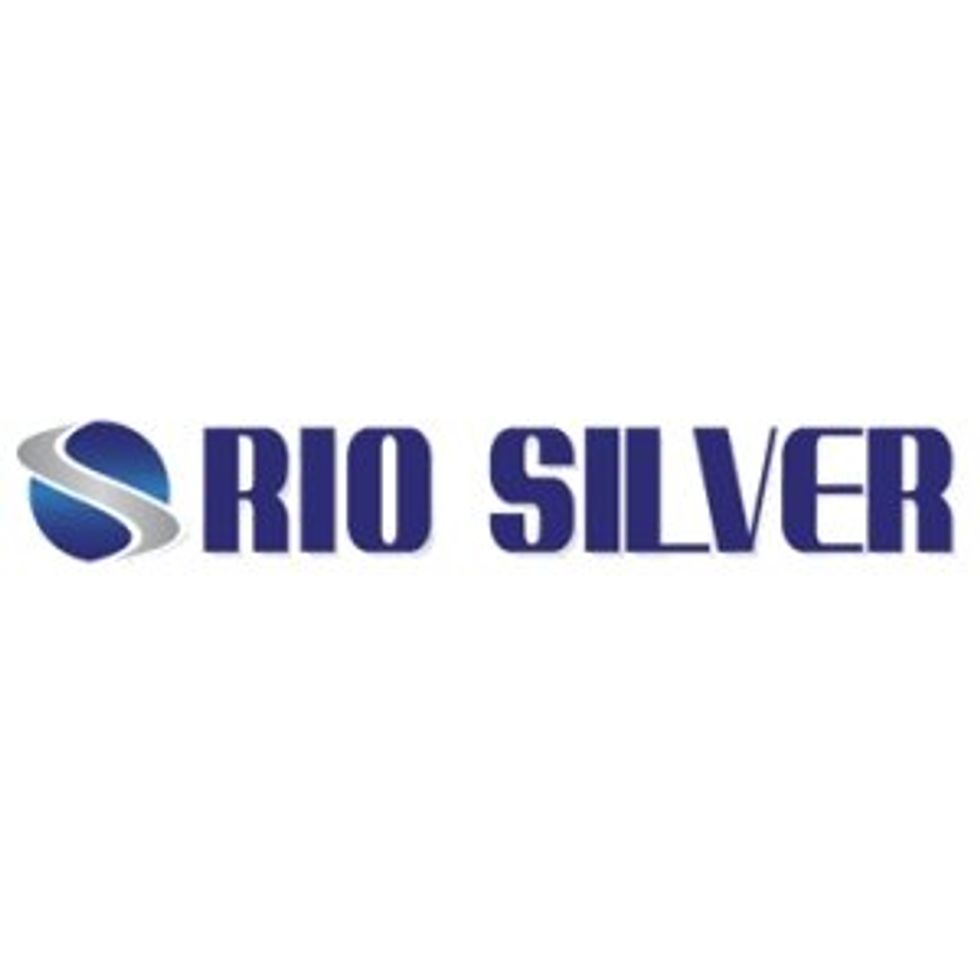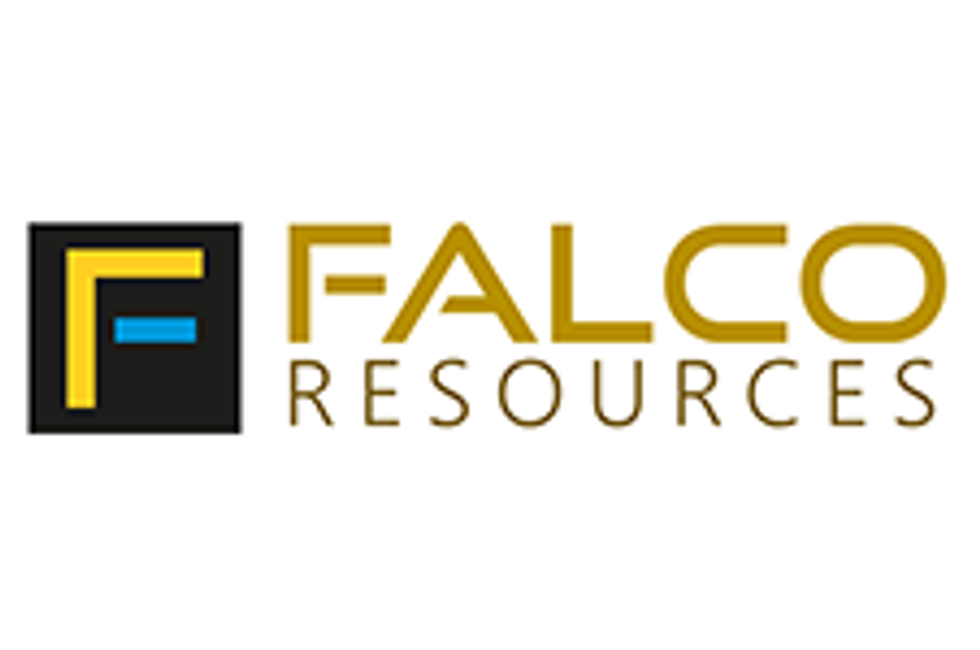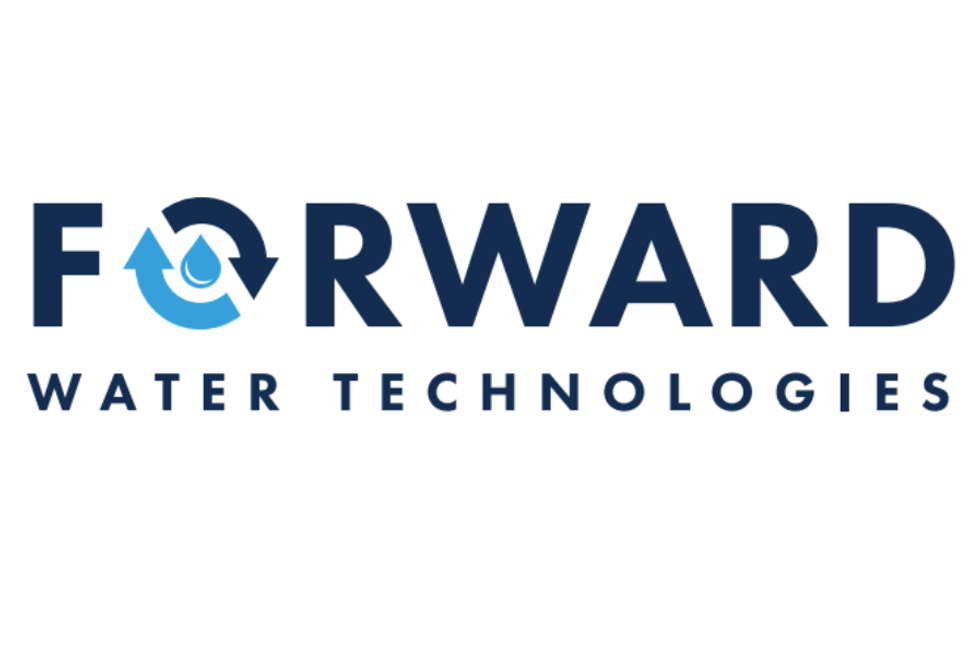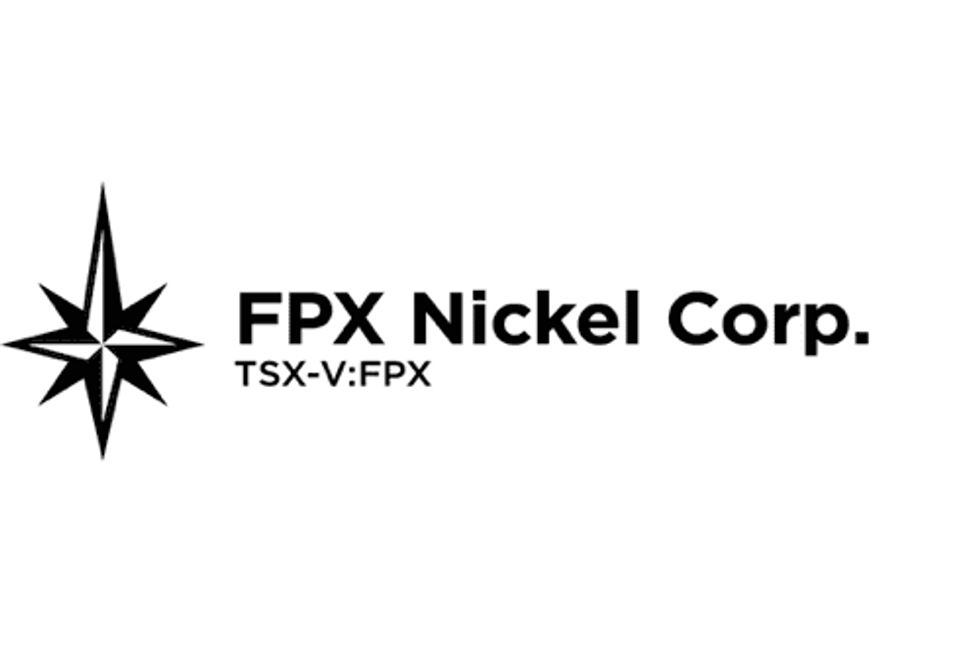- NORTH AMERICA EDITIONAustraliaNorth AmericaWorld
Investing News NetworkYour trusted source for investing success
Top Stocks
Top Resource Stocks
Top Tech Stocks
Top Life Science Stocks
Trending
Trending Articles
Trending Press Releases
Trending Companies
Trending Reports
Resource
Popular Lists
Investing Ideas
Outlook Reports
- Lithium Outlook
- Oil and Gas Outlook
- Gold Outlook Report
- Uranium Outlook
- Rare Earths Outlook
- All Outlook Reports
Investing Guides
Tech
Popular Lists
- Top Generative AI Stocks
- Top EV Stocks
- Biggest AI Companies
- Biggest Blockchain Stocks
- Biggest Cryptocurrency-mining Stocks
- Biggest Cybersecurity Companies
- Biggest Robotics Companies
- Biggest Social Media Companies
- Biggest Technology ETFs
- Artificial Intellgience ETFs
- Robotics ETFs
- Canadian Cryptocurrency ETFs
Investing Ideas
Outlook Reports
- Artificial Intelligence Outlook
- EV Outlook
- Cleantech Outlook
- Crypto Outlook
- Tech Outlook
- All Market Outlook Reports
Investing Guides
Life Science
Popular Lists
- Cannabis Weekly Round-Up
- Top Alzheimer's Treatment Stocks
- Top Biotech Stocks
- Top Plant-based Food Stocks
- Biggest Cannabis Stocks
- Biggest Pharma Stocks
- Longevity Stocks to Watch
- Psychedelics Stocks to Watch
- Top Cobalt Stocks
- Small Biotech ETFs to Watch
- Top Life Science ETFs
- Biggest Pharmaceutical ETFs
Outlook Reports
- Life Science Outlook
- Biotech Outlook
- Cannabis Outlook
- Pharma Outlook
- Psychedelics Outlook
- All Market Outlook Reports
Investing Guides
Isabel Armiento
Isabel Armiento works as an investment writer for Investor's Digest newspaper and writes freelance for other publications, such as This magazine and Poynter. She holds a master's of English literature from the University of Toronto, where she worked as a student journalist for four years, and currently serves as the blog news editor for Canadian feminist magazine Shameless.
{'community': None}
The Latest Articles From Isabel
Outlook Reports
Browse Companies
MARKETS
COMMODITIES
| Commodities | |||
|---|---|---|---|
| Gold | 2334.05 | +3.40 | |
| Silver | 27.43 | +0.07 | |
| Copper | 4.58 | +0.04 | |
| Oil | 83.83 | +0.26 | |
| Heating Oil | 2.57 | +0.01 | |
| Natural Gas | 1.58 | -0.05 | |





